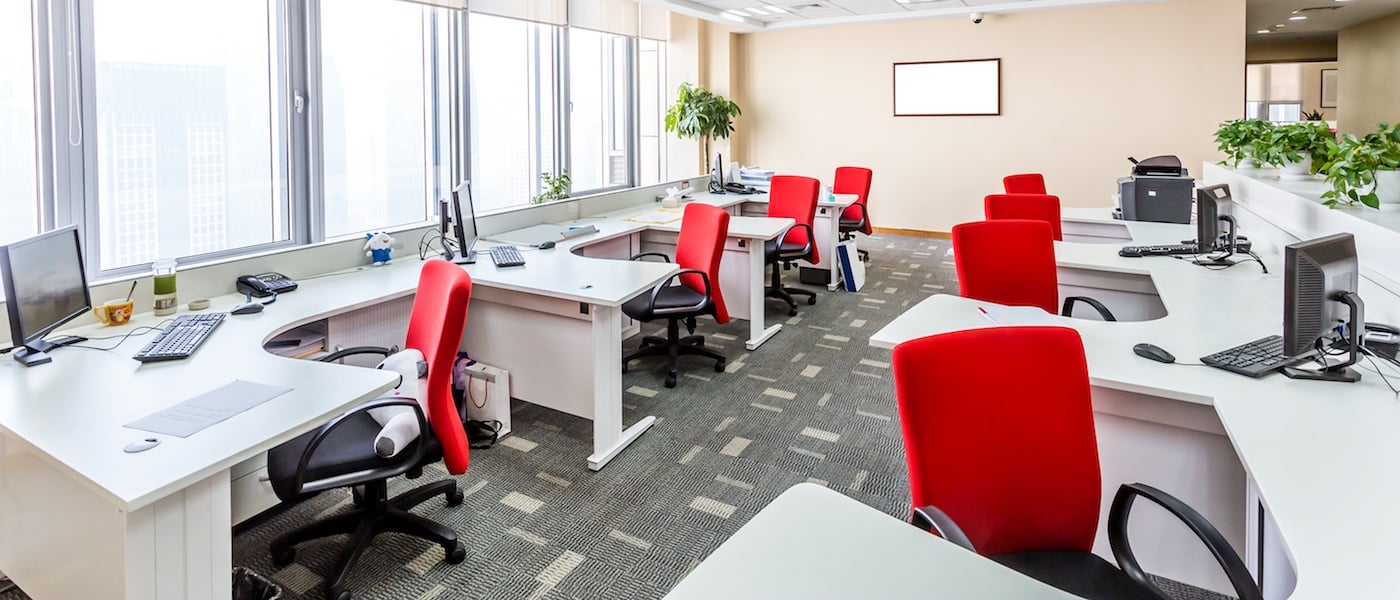Decades ago, before the risks of smoking were confirmed and publicized, one risk office workers unknowingly faced was inhaling second-hand smoke. Now that everyone knows that smoking has been proven to cause cancer, and smoking has been banned in most workplaces, office workers face another risk. Sitting. And, in fact, many experts have proclaimed, is the new smoking.
What’s Wrong with Sitting?
When done for long stints at a time over a long period of time, it might increase your risk of developing heart disease, says the American Heart Association. It can even increase your risk of dying prematurely, says a study published in the Annals of Internal Medicine.
Too much sitting can result in reduced muscle tone, weight gain, back problems, heart disease, diabetes, varicose veins, and deep vein thrombosis (a type of blood clot in the legs). Surprisingly, excess sitting has also been linked to an increase in certain cancers – including lung cancer.
Sitting really is the new smoking!
While it’s obvious why excess sitting might cause one to gain weight or develop back issues, the causes of other sitting-associated illnesses aren’t as clear. Researchers are still exploring those links.
What Can Business Owners Do to Encourage Employees to Move More?
Studies show that people who sit for less than half an hour at a time have the lowest risk of dying prematurely. Assuming that an office worker has an eight-hour workday, that would mean he or she should get up and move 16 times during the workday. That may sound excessive, but it’s actually not. Walking across the office to have a conversation with a coworker instead of shooting off an email counts as a break from sitting. So does standing up at one’s desk while participating in a conference call.
Simply educating employees about the dangers of sitting and helping them to be mindful of the importance of frequent, quick breaks from sitting can be effective. Repetition is the key! The idea is for employees to get into the habit of communicating face to face instead of emailing, texting, or messaging each other.
Sometimes, employers may need to be proactive. For example, managers can implement short “computer lockouts” periodically through the day – for the entire office or on a rolling basis. When an employee is suddenly prevented from using his computer, they’ll naturally stand up and walk around until it’s back online. Another idea is to launch an office exercise challenge. For instance, an employer could supply each employee with inexpensive step counting devices and have a weekly contest to find out who has logged the most steps. Of course, offering a small prize (like a gift card) will help motivate employees to take the competition seriously.
Encouraging Employees to Take Frequent Breaks is Smart Business
Encouraging employees to stand up and move around a couple of times per hour doesn’t necessarily mean lost productivity. Again, much of that moving can be just a different way of getting the job done. Besides the physical benefits of getting the blood flowing, that also has mental benefits such as sharper mental clarity and less of a likelihood that they become drowsy on the job. Additionally, when employees are healthier, they miss less work and have fewer medical claims. It may take some getting used to, but encouraging employees to step away from their computers will make them healthier, happier, more productive employees. Maybe you can send them to your awesome office relaxation area?






